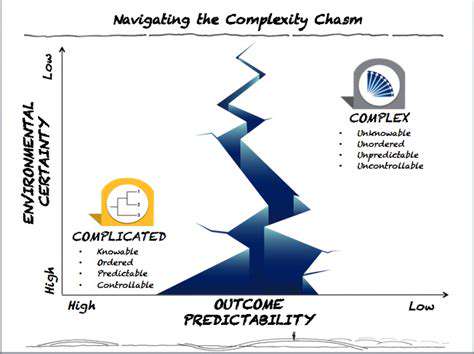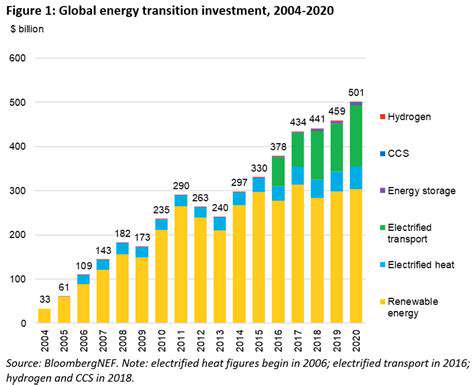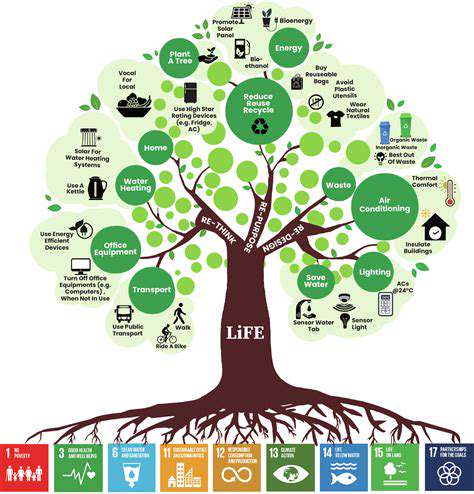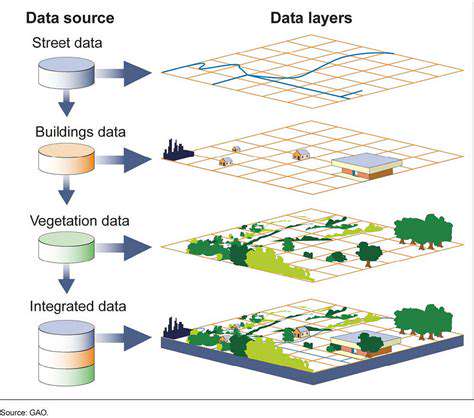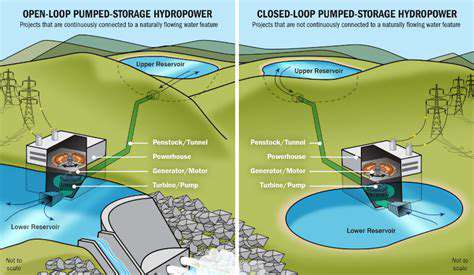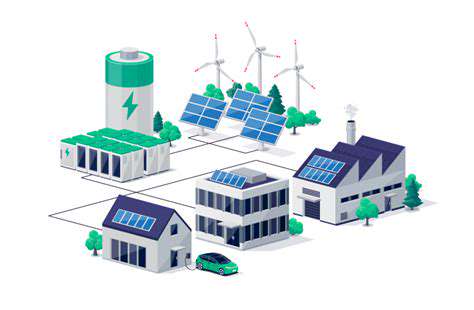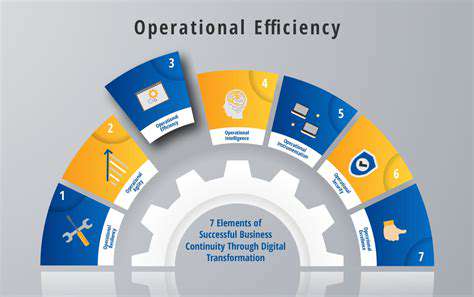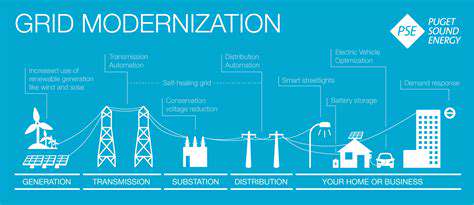Battery Swapping Technology for Electric Vehicles and Renewable Energy
The Concept of Battery Swapping
Battery swapping technology offers drivers the ability to exchange depleted vehicle batteries for fully charged units in minutes—revolutionizing the EV refueling experience. This innovative approach could dramatically improve convenience while potentially reducing long-term ownership expenses. The system relies on strategically located battery exchange facilities functioning similarly to traditional gas stations, allowing uninterrupted travel.
Envision pulling into a service station and driving away with a fresh battery in less time than it takes to fill a gas tank. That's the promise of this emerging technology. By eliminating lengthy charging sessions, battery swapping solves critical pain points for time-sensitive drivers and those without home charging options. This accessibility boost could accelerate mainstream EV adoption across diverse demographics.
Advantages and Disadvantages of Battery Swapping
The most immediate benefit is dramatic time savings. A complete battery exchange typically requires just 3-5 minutes—comparable to conventional refueling and far faster than even the quickest charging solutions. This efficiency gain could transform EV usability for commercial fleets and private owners alike, minimizing operational downtime and schedule disruptions.
However, implementation challenges exist. Building an extensive network of specialized swapping stations demands substantial upfront investment and ongoing maintenance resources. The logistical complexities of battery inventory management and transportation between facilities add further operational costs that may impact consumer pricing structures.
Safety considerations remain paramount. Each exchange must maintain rigorous quality control standards for both battery condition and swap procedure safety. Developing comprehensive testing protocols and certification processes will be essential to ensure reliable performance and build public trust in the technology.
Environmental factors also warrant careful evaluation. While the system promotes battery reuse, the ecological impact of increased battery production and eventual recycling requires thorough lifecycle analysis. Sustainable material sourcing and closed-loop recycling programs could help mitigate these concerns.
Despite these hurdles, the technology's compelling benefits—particularly its unmatched refueling speed and infrastructure efficiency—position it as a transformative solution for overcoming current EV adoption barriers.
The Advantages of Battery Swapping for EVs and Renewable Energy Integration
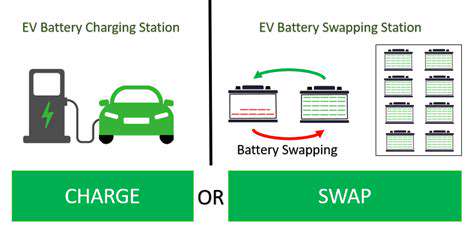
Enhanced Convenience and Efficiency
This exchange system delivers unprecedented convenience by transforming hours of charging into minutes of service. Professional drivers and businesses particularly benefit from minimized vehicle downtime, enabling more productive use of both personal and commercial EVs. The time savings compound significantly for high-mileage users.
The operational efficiency gains extend beyond simple time metrics—reduced charging infrastructure demands and optimized battery utilization create compounding economic benefits across the EV ecosystem.
Reduced Charging Infrastructure Needs
Unlike traditional charging networks requiring widespread installation, battery swapping operates through strategically placed service hubs. This concentrated approach reduces overall infrastructure costs while improving service reliability through centralized maintenance. The model proves particularly effective in urban environments where space constraints challenge conventional charging solutions.
This targeted infrastructure model demonstrates superior scalability potential, allowing gradual network expansion aligned with actual user demand patterns rather than speculative projections.
Improved Battery Management
Centralized swapping facilities enable professional-grade battery maintenance impossible with individual ownership. Technicians can perform detailed diagnostics, implement preventive maintenance, and optimize charging cycles—extending battery lifespan and maintaining peak performance. This professional oversight reduces the performance degradation concerns common with personally maintained EV batteries.
Environmental Impact and Sustainability
The system promotes sustainable battery use through professional lifecycle management. Centralized control enables optimized charging during renewable energy surplus periods and facilitates efficient battery recycling—reducing both grid strain and material waste. The model creates natural economies of scale for implementing advanced battery recycling technologies as the network grows.
This infrastructure also supports second-life battery applications, allowing retired EV batteries to serve stationary storage needs before final recycling. The closed-loop system minimizes environmental impact while maximizing resource utilization efficiency.
Overcoming Challenges: Infrastructure Development and Standardization
Infrastructure Development: A Critical Component
Successful deployment requires thoughtful station placement combining accessibility with operational efficiency. High-traffic corridors, logistics hubs, and urban centers represent ideal initial locations, with expansion following demonstrated demand. Modular station designs allow flexible adaptation to different vehicle types and future battery form factors.
Standardization: Ensuring Interoperability
Universal technical standards constitute the foundation for widespread adoption. Alignment on physical interfaces, communication protocols, and safety systems enables cross-platform compatibility—allowing drivers to use any station regardless of vehicle manufacturer. This interoperability fosters healthy market competition while ensuring user convenience.
Scalability: Meeting Future Demands
The infrastructure must accommodate exponential growth through flexible design principles. Scalable solutions include automated swapping systems, optimized station layouts, and predictive demand modeling to right-size expansion projects. This forward-looking approach prevents bottlenecks as adoption accelerates.
Safety and Reliability: Prioritizing User Confidence
Rigorous safety protocols must govern all aspects of operation—from battery handling procedures to emergency response plans. Third-party certification programs and transparent performance reporting build essential public trust in the technology's reliability.
Cost-Effectiveness: Driving Accessibility and Adoption
Strategic partnerships between automakers, energy providers, and infrastructure developers can distribute costs while maximizing utilization. Innovative financing models and operational efficiencies will be crucial for delivering consumer-friendly pricing that competes with conventional refueling options.

